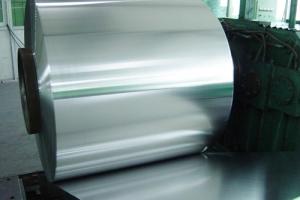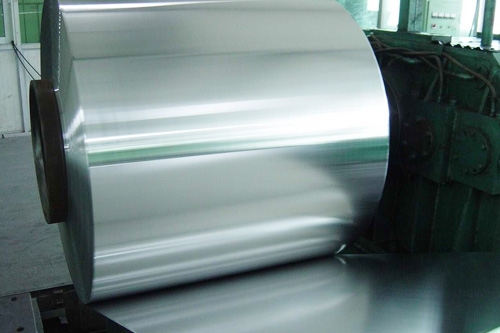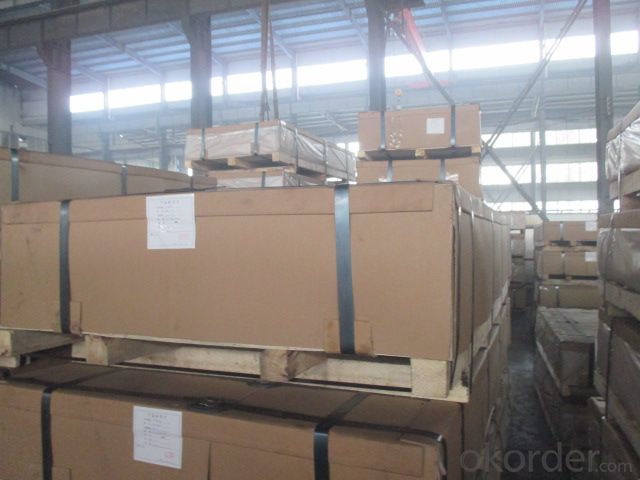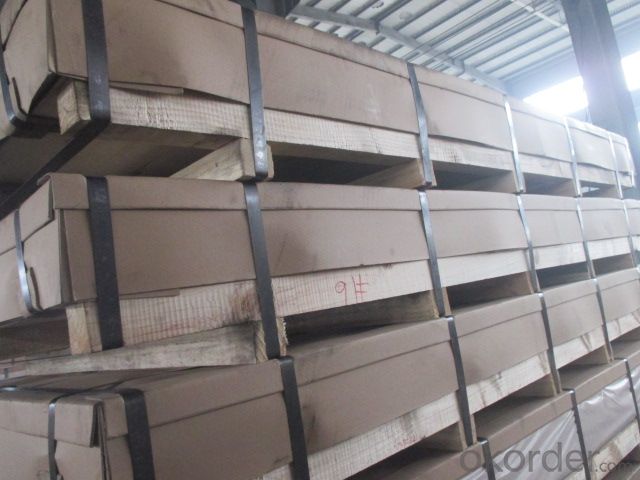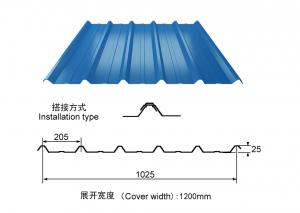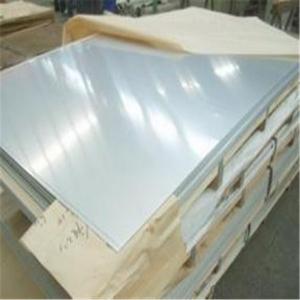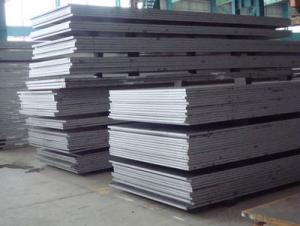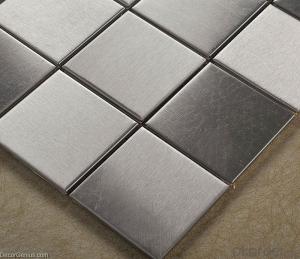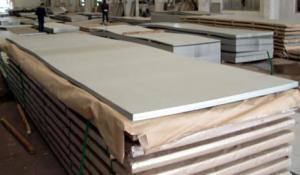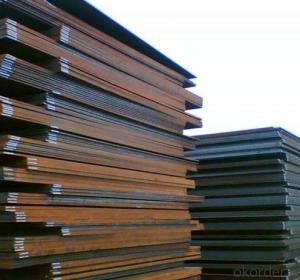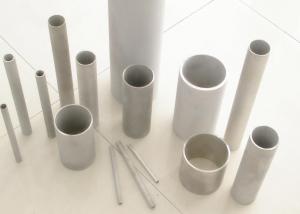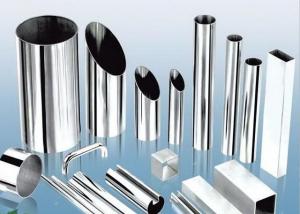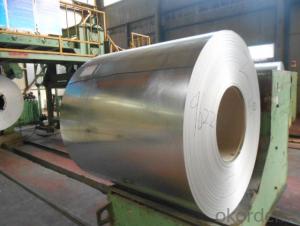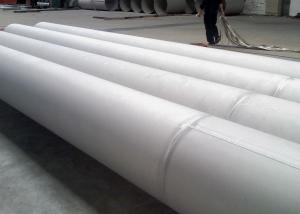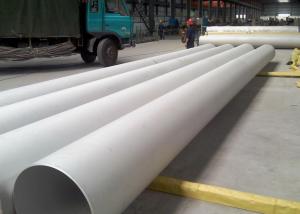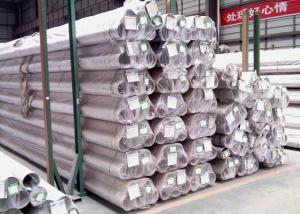Stainless Steel Sheet With Cheaper Price
- Loading Port:
- Shanghai
- Payment Terms:
- TT or LC
- Min Order Qty:
- 7 kg
- Supply Capability:
- 2000 kg/month
OKorder Service Pledge
OKorder Financial Service
You Might Also Like
1.Structure of Product Description
Cold rolled aluminum sheet and cold rolled and hot rolled and cold drawn and hot drawn is widely used in the field of construction field and decoration field, etc.
There are many different grades, such as: 1000 series, 2000 series, 3000 series, 5052,5754,5083,6061,6063,8011, etc.
The temper is include ,O,F,F, H14, H2, H24, H44,H112,H114,etc.
2. Main features of the product
a. Competitive price
b. Frist-Class Service.
c. Shortest service.
3. Image.
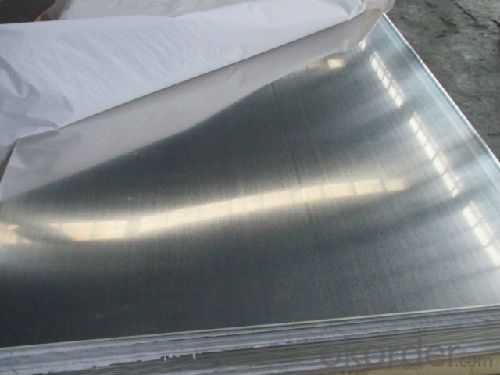
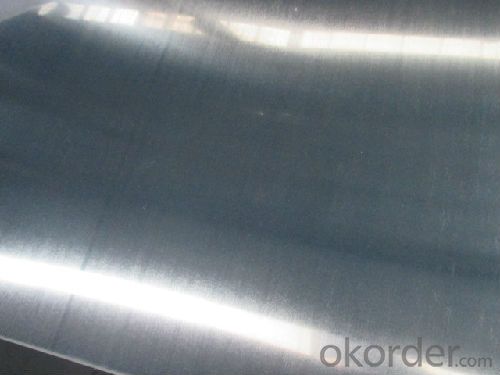
4. Product detailed sizes:
1000mm*2000mm, 1219mm*2438mm,1220mm*2440mm, *2500mm,1500mm*3000mm, etc.
5. FAQ:
What is the quality standard?
---Usually our standard is GB3880-2006 or others.
What is the width range?
---It is from 500mm to 2500mm, etc.
---Normally it is around 5000 tons totally.
Where is your client from?
---Normally it is from Japan, USA, England, SINGAPORE, ETC.
What is your mainly products?
---Normally they are aluminum sheet, checkered sheet, mirror finish aluminium sheet, aluminum casting coil, etc.
- Q: What is the general width range of stainless steel sheet? What are the common widths?
- According to the agreement can be scheduled to open, usually to add money, commonly used thin 3mm below the general specifications commonly used, 1000*20001219*2438, 3mm or more commonly used specifications 1500*6000.
- Q: What are the different types of stainless steel sheet edges available?
- There are several types of stainless steel sheet edges available, including mill edge, slit edge, deburred edge, rounded edge, and beveled edge. Each type has its own unique characteristics and is used for specific applications.
- Q: Are stainless steel sheets suitable for corrosive environments?
- Yes, stainless steel sheets are highly suitable for corrosive environments. This is because stainless steel contains alloying elements such as chromium, which forms a protective layer on the surface, preventing corrosion and rusting. Additionally, stainless steel has excellent resistance to a wide range of corrosive substances, making it ideal for various industries and applications where exposure to corrosive environments is common.
- Q: Can stainless steel sheets be used for solar panel frames?
- Solar panel frames can indeed be made from stainless steel sheets. The use of stainless steel is quite popular for solar panel frames because of its exceptional strength, durability, and resistance to corrosion. It can endure various weather conditions, such as extreme heat, humidity, and exposure to sunlight. In addition, stainless steel is both non-magnetic and non-combustible, ensuring the safety of solar panel installations. Moreover, its high strength-to-weight ratio permits lighter frame designs, reducing the overall weight of the solar panels and facilitating their installation. All in all, stainless steel sheets are a dependable and enduring choice for constructing solar panel frames.
- Q: Are stainless steel sheets suitable for automotive grilles or trim?
- Yes, stainless steel sheets are highly suitable for automotive grilles or trim. Stainless steel is a durable and corrosion-resistant material that can withstand the harsh conditions of the automotive environment, including exposure to moisture, road salt, and varying temperatures. It is also known for its strength and can provide excellent protection to the vehicle's front end. Moreover, stainless steel sheets can be easily formed and molded into various shapes and designs to meet the specific styling requirements of automotive grilles or trim. Additionally, stainless steel has an attractive aesthetic appeal that can enhance the overall look of the vehicle. Overall, the use of stainless steel sheets for automotive grilles or trim ensures longevity, functionality, and a polished appearance.
- Q: Are stainless steel sheets available in different thicknesses?
- Yes, stainless steel sheets are available in different thicknesses.
- Q: Inspection method for stainless steel welding
- The position of the welding is measured by hand, beat, shake, push and push. The sensing effect of the component is tested. The welding should be firm and reliable, and the strength of each component is required to meet the requirements of the strength of each component. Not false welding, weld and weld loose crack,
- Q: What is stainless steel AB board, please?
- The 2B board is basically a matt surface, according to a BA object, in approximate mirror, can more clearly illuminate the object (a little paste).
- Q: Are stainless steel sheets resistant to hydrogen embrittlement?
- Yes, stainless steel sheets are generally resistant to hydrogen embrittlement due to their high strength and low reactivity with hydrogen gas.
- Q: What are the different shapes available for stainless steel sheets?
- Stainless steel sheets are available in various shapes, including flat sheets, perforated sheets, corrugated sheets, embossed sheets, and diamond plates. These shapes cater to different applications and aesthetic preferences in industries such as construction, automotive, and interior design.
Send your message to us
Stainless Steel Sheet With Cheaper Price
- Loading Port:
- Shanghai
- Payment Terms:
- TT or LC
- Min Order Qty:
- 7 kg
- Supply Capability:
- 2000 kg/month
OKorder Service Pledge
OKorder Financial Service
Similar products
Hot products
Hot Searches
Related keywords
